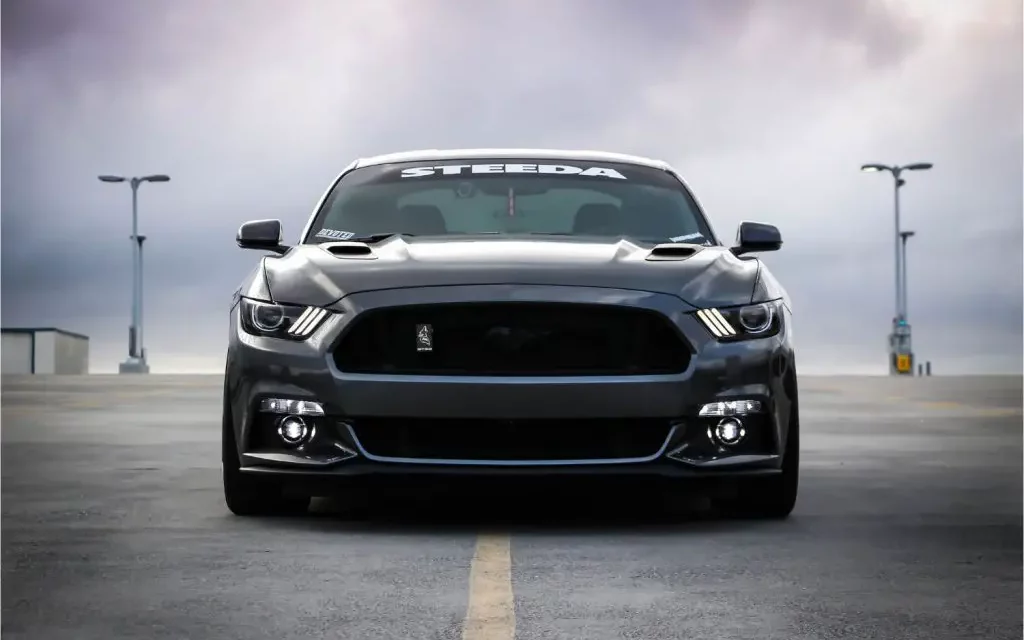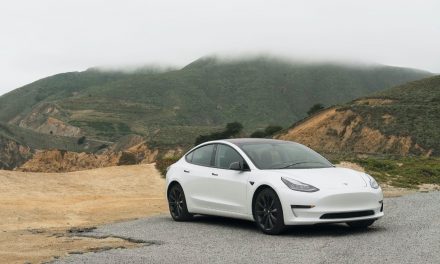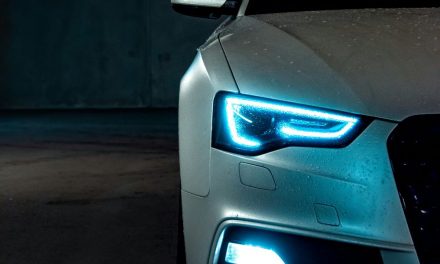Recently, vehicle design has gravitated heavily toward the grille and has quickly become a vehicle’s most cosmetically noticeable part. However, making the car look cool is just one of many things it does. This article will discuss precisely what the grille on a vehicle does!
Why should you listen to me? I have enjoyed cars, trucks, and SUVs for years. Having owned over twenty vehicles myself, along with writing plenty about them and constantly talking about them, I have gained quite a bit of knowledge over the years. I want to share that with you!
With that said, here are the top three reasons why vehicles have a grille!
Table of Contents
1. Cooling the engine
A vehicle needs airflow to prevent overheating; the grilles provide that ventilation. The radiator, which sits directly behind your grille, brings in air from the grille, which cools down the coolant inside, which then circulates throughout the engine to keep the temperature down.
Without the grille allowing air through the vehicle’s bodywork, the engine could overheat and cause catastrophic damage.
A great example is that outside of adding a bed, one defining difference between the Jeep Wrangler and the Jeep Gladiator is that the grille openings on the Gladiator are slightly larger than the Wrangler.
Since the Gladiator is built for additional towing over the Wrangler, this extra weight requires more cooling, and that cooling requires more air, which the larger slots allow.
2. Manufacturer branding
Outside of allowing airflow into the engine bay and radiator, manufacturer branding is essential to a grille. While the 90s saw plenty of cars that lacked significant grilles (like the Toyota Celica, which I have owned four), since the 2000s, they have not only been growing in popularity for design but also in size.
Manufacturers have been keen to create highly distinctive designs with their grills so that you can quickly tell their brand of cars apart from others.
Some great examples of manufacturers with extremely distinctive grilles are these:
1. BMW
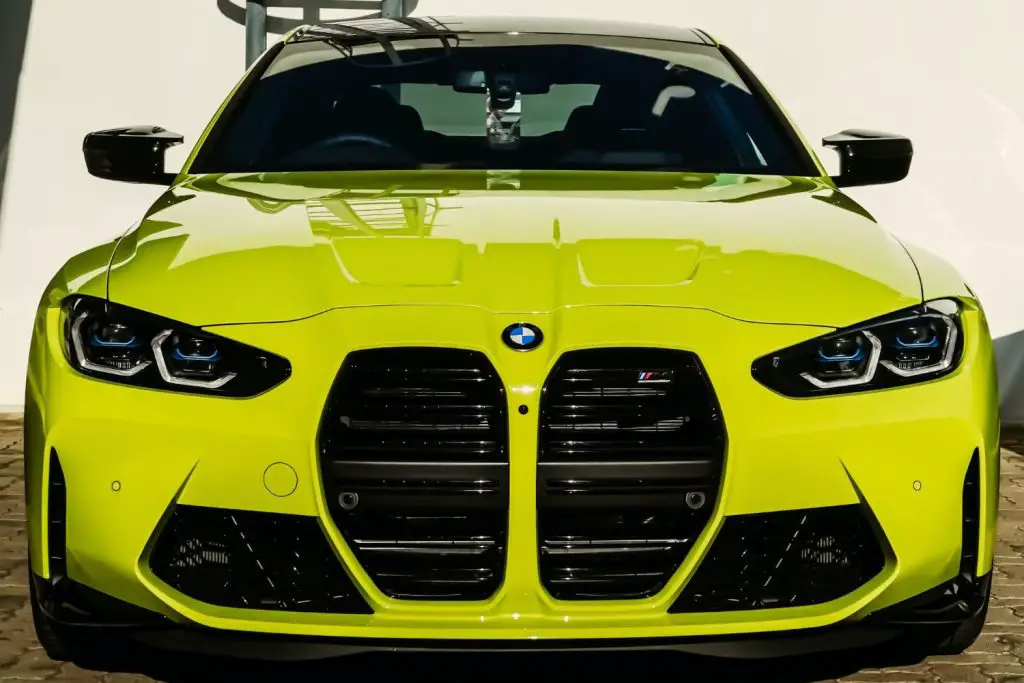
Bavarian Motor Works (BMW) has been using a version of their “Kidney Grille” since as far back as 1933. It has ranged from a more vertical design to a more horizontal layout; however, it has always been two circular grilles placed directly next to each other on the front of the vehicle.
BMW has recently made news with their new generation of cars, as they made a hard transition back to the more vertical design and made it huge.
2. Ford (Raptor)
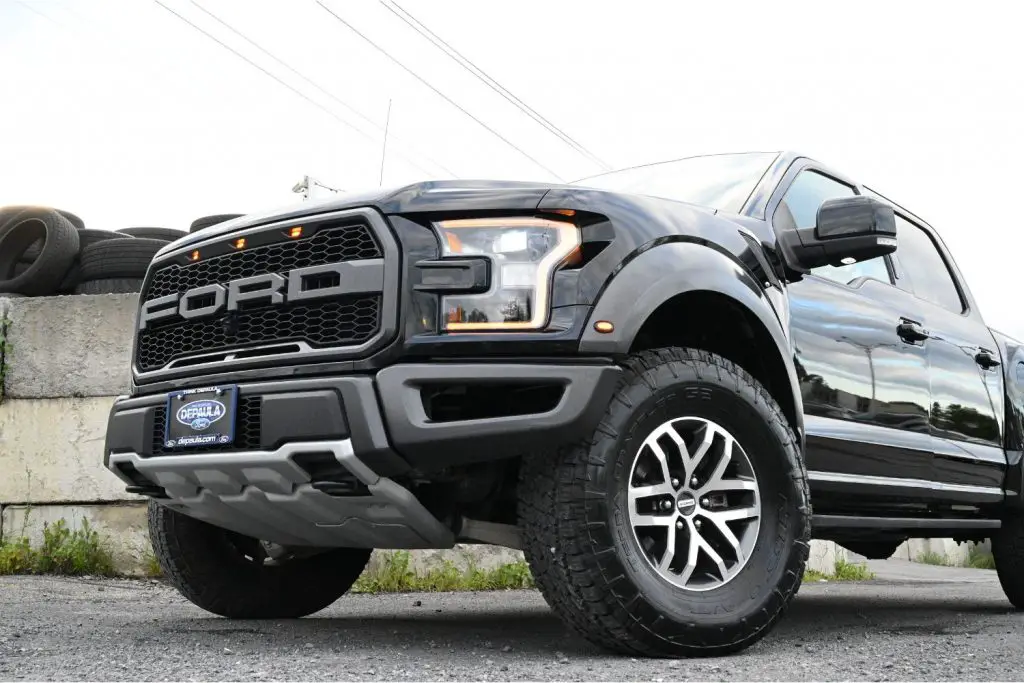
While companies like Toyota and Chevrolet had done it before, Ford made the most significant impact with the Ford F-150 Raptor’s launch, where its blacked-out grill and three clearance lights made it look muscular and rugged.
This grille has now found its way onto the Bronco Raptor and the F-150 Raptor R. Regardless, these grilles are massive and let plenty of airflow through to allow for impressive performance.
3. Alpha Romeo
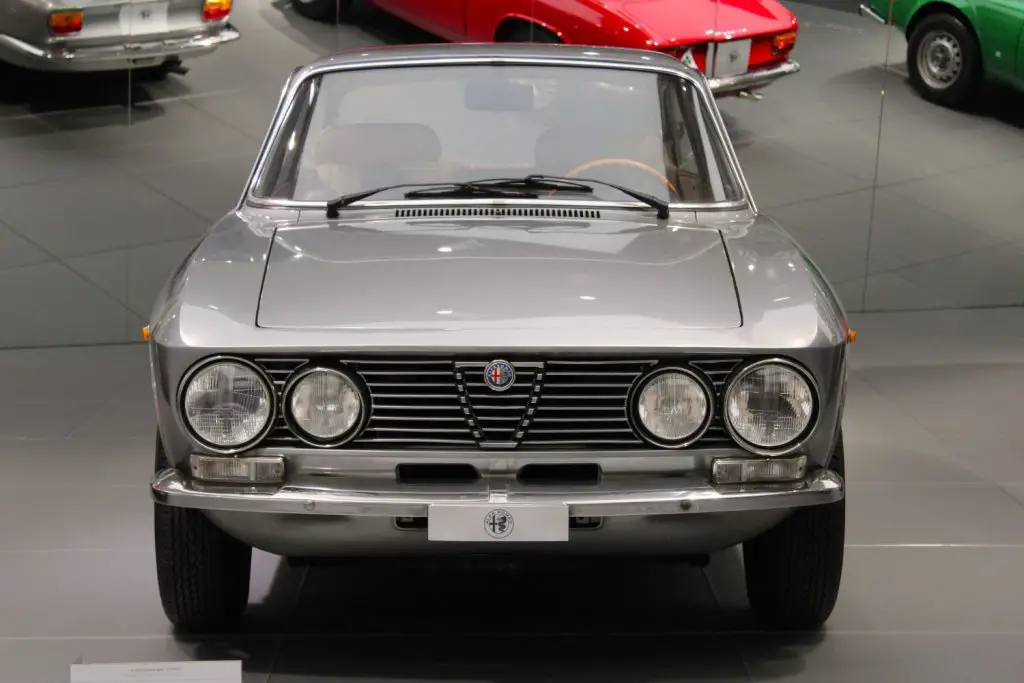
While Alpha Romeo may be somewhat famous in the USA, it has one of the most distinctive grilles. They have used their upside-down triangle grille since 1947 with the Alfa Romeo 6C. You can’t say that this grille doesn’t look different from the rest, which is what sets this brand apart from others.
3. Aesthetics
You can build your vehicle’s branding by making a distinctive grille. However, it also can play a big part in the vehicle’s aesthetics! If you want to create a sleek car, make the grille smaller. Or, in the case of most modern manufacturers, the larger the grille, the better! Making a grille larger and edgier creates a more muscular look to the vehicle. I’m looking at you, Lexus, and Toyota!
Do vehicle grilles help with aerodynamics?
Unfortunately, Grilles do not help with aerodynamics and take away from it. In the end, engineers would likely prefer there never to be a grille (see electric vehicles later in this article); however, as long as an engine needs to be cooled, you need a grill.
Grilles on the front of a vehicle keep air from flowing over or under the car and act as an air dam. It’s like when you are driving and put your hand out the window. When you have your hand vertically, you can feel a lot of resistance; on the other hand (pun intended), if you put your hand horizontally, the air flows right by.
The fact that a grille gathers air (to help with cooling) is reminiscent of your hand being vertical, catching air, and causing resistance.
Why do electric cars have grilles?
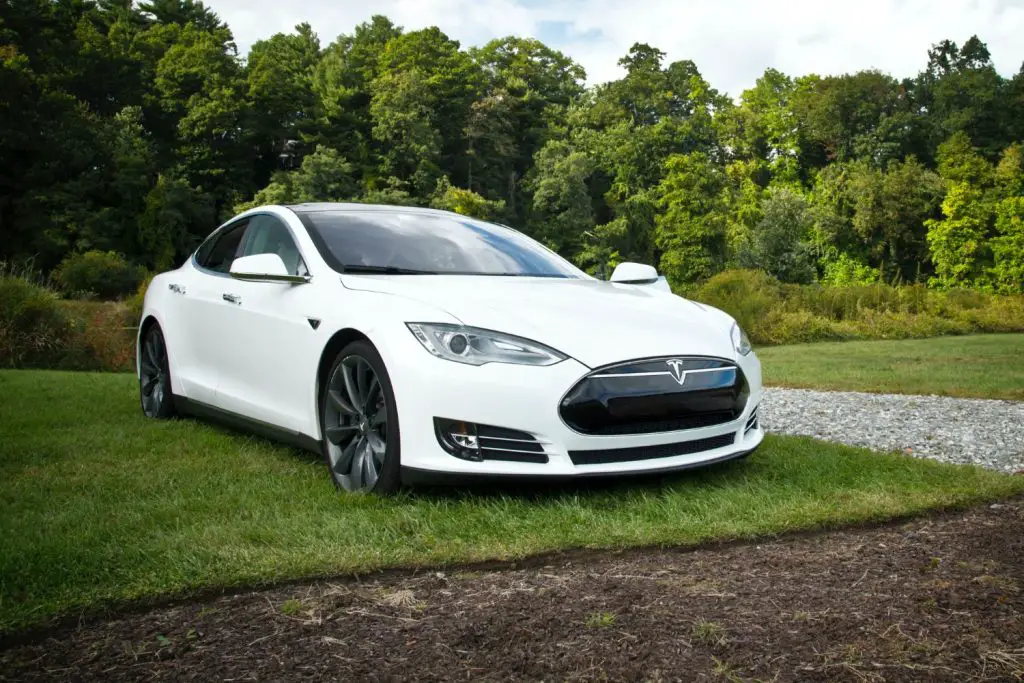
Most of the functional portions of a grille come down to cooling the vehicle’s engine, but what happens when an electric car has a grille? They don’t have engines that require cooling.
People have gotten so used to cars having grilles that they would be less likely to own a vehicle without a grille. A great example is Tesla; it had a large grille when they first launched the model S! Once people got used to it, they slowly made it smaller and smaller.
Now that the general public has gotten used to the lack of grilles on electric vehicles, Tesla has moved entirely away from grilles and uses other distinctive features instead for their branding.
That said, companies like Ford, Chevrolet, and other legacy brands still use grilles on their vehicles. They rely heavily on relating these to their gas vehicles to generate more interest in gas-less cars.
Conclusion
While the most critical function of a car’s grille is its cooling capacity, it also doubles as a branding opportunity for manufacturers and the aesthetics of a vehicle.
With the industry moving quickly towards an electric vehicle future, I want to see if grilles will go the way of the dodo or if they are here to stay as a strictly styling component.
Either way, as of right now, this is where we stand!

